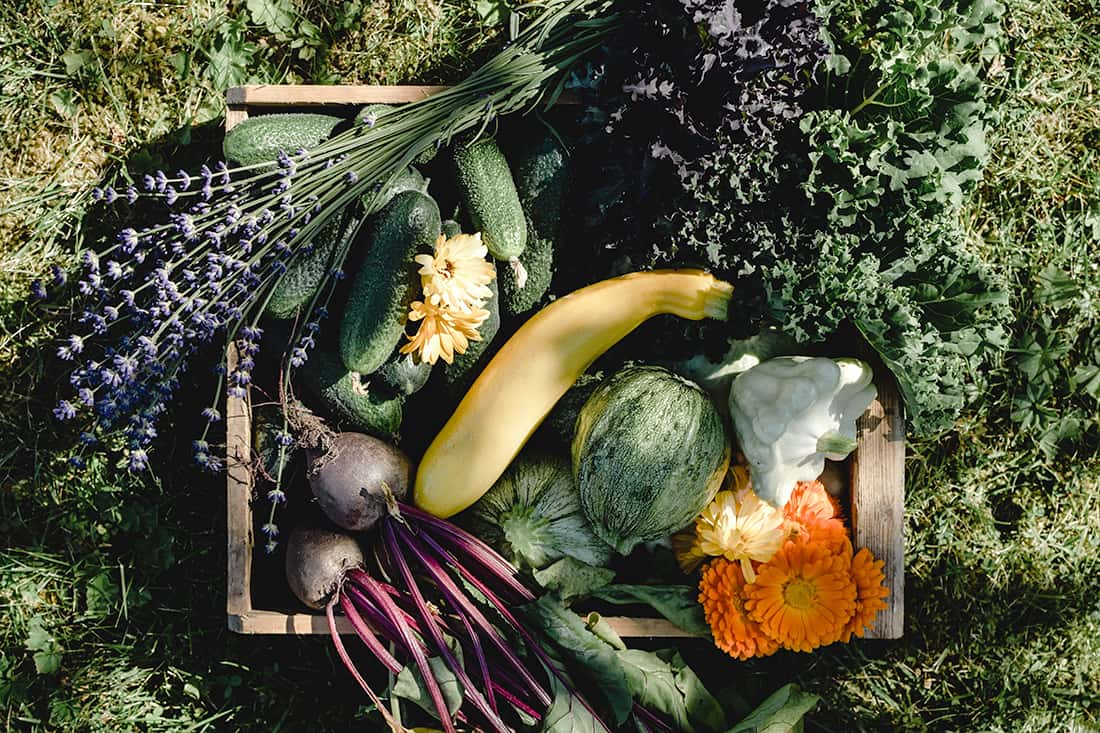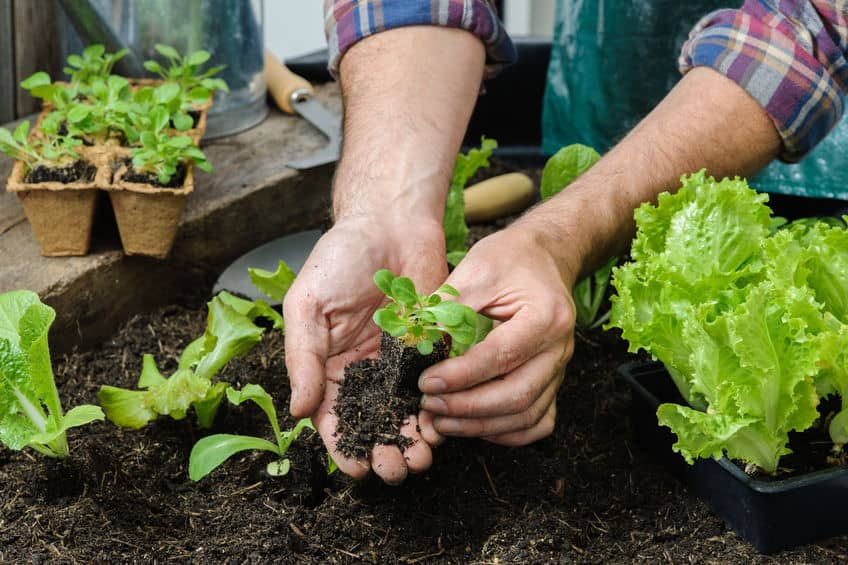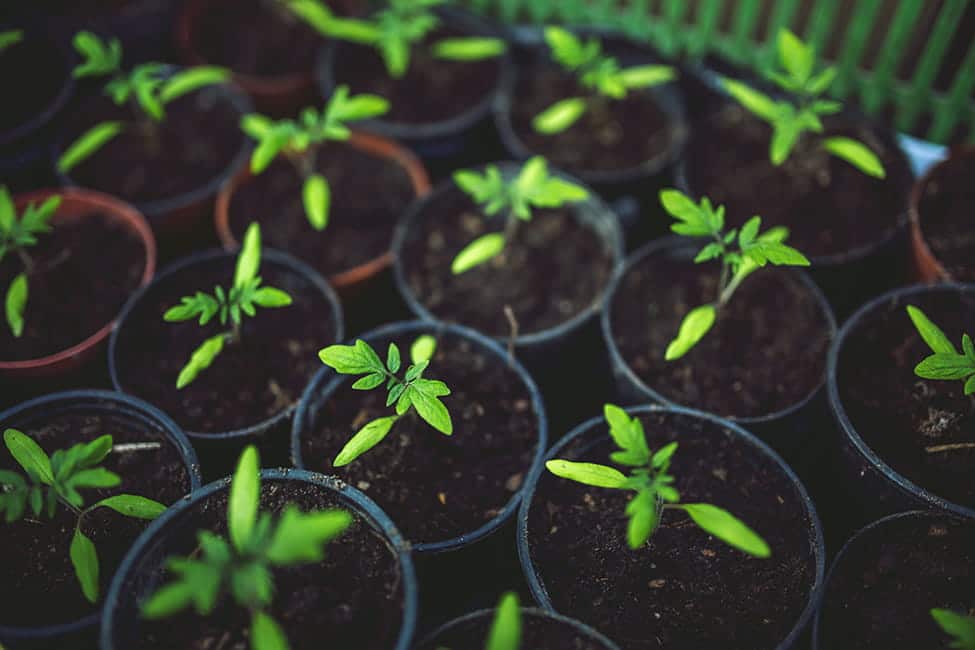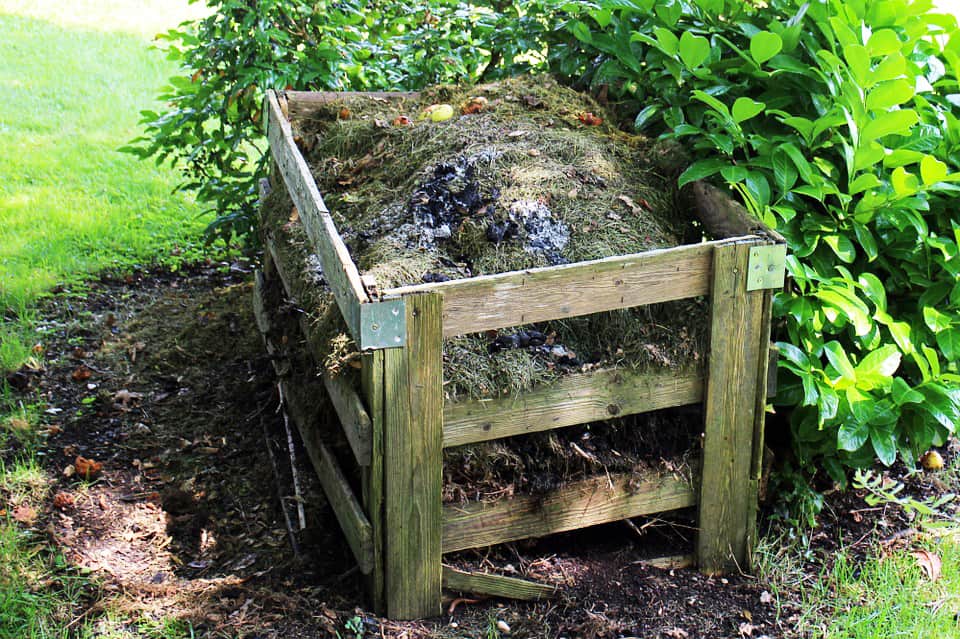When it comes to landscaping, there are many ways to improve your yard. However, if you want to truly bring your outdoor space to the next level while also embracing sustainability and a green thumb, consider designing and growing your own edible landscape.
Edible landscaping is a gardening technique that includes food plants in your yard’s landscape. Instead of keeping vegetables, fruits, and herbs in a garden bed that’s isolated or sectioned off from the rest of the yard, those edible plants are planted out in the open. The landscape shows off their ornamental qualities just like a rose bush or bed of flowers.
An edible landscape can bring the beauty of the vegetable garden to your whole yard. Plus, you’ll be able to harvest nutritious, home-grown foods right outside your door.
Edible Landscaping Plant Suggestions
Here are some edible plants that fare well when planted out in the open:
Fruit
- Strawberries
- Blueberries
- Fruit trees
Vegetables
- Peppers
- Artichokes
- Eggplants
- Beans
- Onions
- Kale
- Tomatoes
Herbs
- Chives
- Garlic
- Oregano
- Roseumary
- Thyme
- Sage
- Lavender
Other
- Edible flowers (daisies, hibiscus, honeysuckle)
Edible Landscaping Tips
There are several factors to keep in mind when beginning your edible landscape. In the planning stage, make sure to observe your yard and know where it gets the most sunlight. It is generally best to choose an area that receives six or more hours of sun each day. However, if you only have shady areas to work with, you can choose shade-loving plants such as currants, alliums, and cherry tomatoes.
For the most aesthetically-pleasing results, plant your edible vegetation alongside your ornamental flowers and shrubs. This way, you’ll be able to choose a vibrant color scheme and bring out the most beautiful qualities of the landscape.
It’s also important to remember that it can be dangerous to treat plants that you will eat with pesticides that aren’t fit for human consumption. Instead, to keep the pests away from your edible landscape, consider DIY natural insecticides or companion planting. Companion planting is the practice of pairing plants that support each other in the garden. For example, peppers thrive when planted near onions, and onions are a natural pest repellent that benefit both plants.
For more companion planting suggestions and other edible landscaping benefits and ideas, check out this infographic below.













